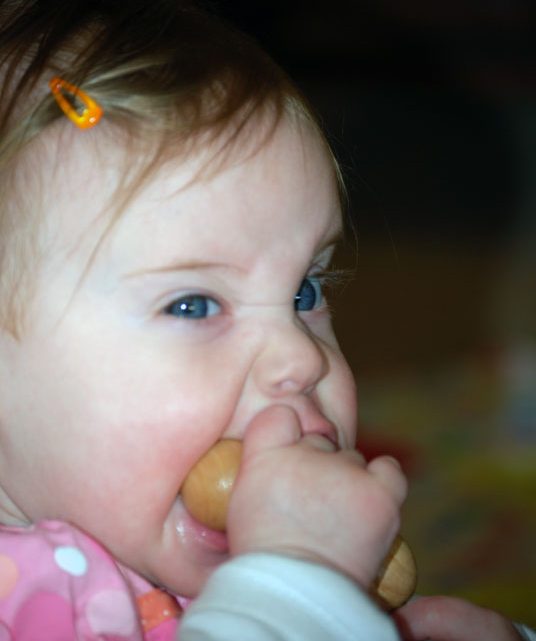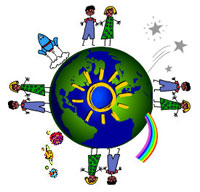Biting
July 17, 2014
Whenever a child bites another person, it is upsetting for everyone. Biting is common among very young children, particularly in group settings such as childcare. It is very important for adults to understand why children bite so that they can help children find more appropriate ways to express themselves. The chart on page 6 lists reasons children bite, strategies to help prevent biting, and strategies for responding to biting.
Reasons children bite and strategies to prevent biting
Biting satisfies their strong need for independence and control.
- Give children opportunities to express their independence and self-control by providing them plenty of choices (e.g., what to wear that day; what game to play; what to eat for lunch).
Teething makes babies mouths hurt.
- Give babies an object to mouth on, such as a teething toy or a frozen bagel.
They are trying to approach or initiate interaction with another child.
- Make sure children have plenty of opportunities to interact with one another. Point out and praise their positive interactions.
They are seeking attention.
- Give children lots of attention during the day. Cuddle with them, play with them, and read to them.
They are angry or frustrated.
- Be aware of children’s feelings. Watch for signs of potential conflict and increasing frustration.
They are experimenting and want to know what will happen if they bite.
- Provide children activities and toys that offer a variety of sensory motor experiences (e.g., water play, play dough, finger-painting). Help them learn about cause and effect.
They are feeling threatened.
- Assure children that they are safe and that their possessions are safe. Give children lots of affection.
Strategies for responding to biting
Sometimes prevention efforts do not stop children from biting. When a child bites another person, the adults in charge should consistently respond to each biting episode; specific strategies and ideas are listed below:
- State clearly that it is not okay to bite.
- Be sure that the child who is bitten is cared for. Comfort the child; put on an ice pack to prevent bruising; clean the wound if the skin is broken.
- If possible, have the child who bit help care for the child who was bitten.
- Look for patterns of biting (e.g., does the child bite near mealtime? When the environment gets too loud?).
- Try to identify changes in the child’s life that might trigger the biting (e.g., divorce, a new sibling).
- Seek help (start with your paediatrician and/or child care provider) if the biting does not stop or if it becomes more vicious.
Conclusion
Children grow rapidly during infancy and toddler hood. They accomplish many milestones, including establishing a sense of trust in the world during infancy and finding their independence in toddler hood. Adults have the important task of providing children varied opportunities to promote their development during infancy and toddler hood. Using the suggestions that have been offered will help adults to foster a positive, creative environment wherein children can thrive.

